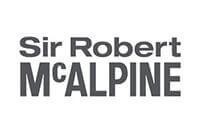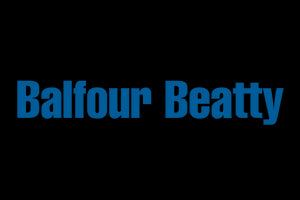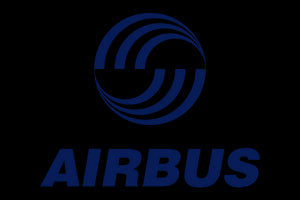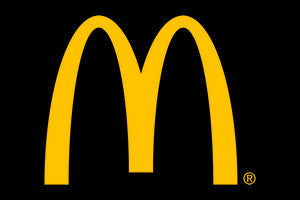Plastic recycling and granulation generate fine polymer dust at shredders, screens, and transfer points. These particles can be respirable, create slip hazards, and form combustible dust clouds. A practical plan targets the sources, keeps the air clean, and prevents re-suspension.
Identify and enclose sources
Survey lines for visible plumes at in-feeds, conveyors, cyclones, and bagging. Fit close hoods and skirts, and enclose transfer points where feasible. Balance LEV airflow across pick-up points so capture is reliable during normal loading, not just at idle.
Prevent ignition and manage static
Bond and earth ducting, machines, and vacuums. Control hot work and ensure knives, bearings, and belts are maintained to avoid friction heating. Keep electrical cabinets sealed and clean.
Housekeeping that does not lift dust
Avoid sweeping and compressed air. Use H-Class industrial vacuums for floors, beams, and cable trays; clean elevated surfaces that contribute to fall-back. Set short, frequent cleans during high-output shifts to prevent layers that can become airborne.
Filtration and maintenance
Choose filters suitable for fine polymer dust; monitor pressure drop and clean or change on schedule. Consider pre-separation to reduce filter loading. Always judge performance by airflow under load, and maintain seals to prevent bypass.
Compliance and checks
Undertake a DSEAR assessment for combustible dust risks and review COSHH where additives or mixed waste could introduce hazardous constituents. Use a particulate monitor for spot checks during peak production. Train operators to recognise build-up and report leaks.
Practical takeaways
- Enclose and extract at shredders, screens, and transfers.
- Bond/earth systems and control ignition sources.
- Vacuum with H-Class units; never sweep or blow down.
- Track filter loading and verify airflow under load.
- Use DSEAR/COSHH to guide controls and training.
Consistent source control, verified airflow, and disciplined housekeeping reduce both explosion and health risks while keeping throughput steady and the site visibly cleaner.
Speak with a Dust Expert
Every site and project is different. If you’d like tailored guidance for your specific scenario, our Dust Experts are here to help.














